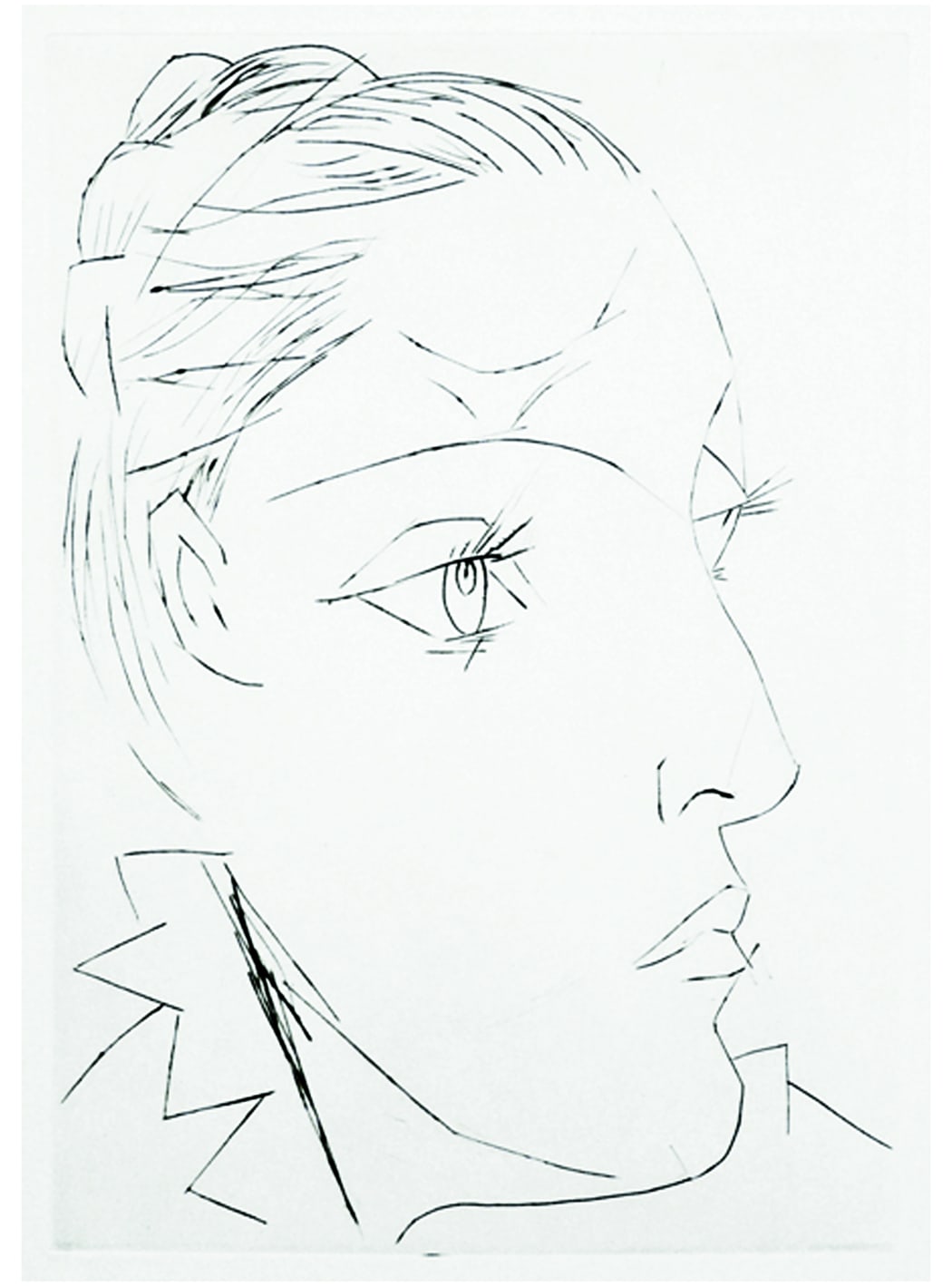|
This time last year, Punxsutawney Phil the Groundhog’s shadow was still, as it had been for the prior 133 years, an (albeit minor) national concern – would he see it and condemn us to six more weeks of winter? Or would he be relieved of it, blissfully unaware, and usher in the gleaming promise of an early bloom? And though it turned out to be the latter, we are all acutely aware that the period following Phil’s emergence was quite far from gleaming. As we enter this February, with the significant weight of last year in front of us as much as behind us, it hardly seems worth mentioning that Phil guessed more winter on Tuesday. What is the change of season anyway, if our feelings remain the same? (This sentiment rings more true for us lovers of art than for, say, meteorologists.)
For our long-term readers, looking at the print above may evoke a very Groundhog Day-eque feeling – the Bill Murray kind, not the Phil kind. Haven’t we looked at this print before? Back in December, we introduced to our series a formative figure in Picasso’s life, Dora Maar. At that time, we considered a work from the year they are said to have fallen in love, 1936: Portrait de Dora Maar au chignon (B291). In B291, Dora gazes off the page dreamily, the light catching in her long, feminine eyelashes and appearing to twinkle even on the whiteness of the page. She is idealistic, youthful, ennobled. Part II of that work (B292), pictured above, is a rendering of the very same woman, though crafted with a small difference in characterization. In B292 Dora’s demeanor is changed. She is stonier, dignified. There is a wrinkle to her brow – perhaps it’s consternation (another war was, after all, inching closer and closer to home), or some frustration with her lover, the artist himself. Her round, earnest eyes have turned hard as diamonds: dazzling, intense, a world unto themselves. The shift in the two Doras is as subtle as the change in season – our best clue in the change of days is the sameness of the features; the budding of leaves on boughs days before barren is understandable by the fixedness of the bough. Studying the two prints side-by-side tells us just as much about Dora as about Picasso; they are his diary entries, windows into his world in October of 1936.
This story seems somehow continued in Picasso’s 1939 work Femme au fauteuil: Dora Maar (B318). By this time, Dora’s image had become recognizable, the subject of many well-known portraits in print and in paint. As we will discuss further in coming weeks, she was already known as Picasso’s Weeping Woman, so-called for the series of portraits in which her face itself seems disfigured, ripped open by her despair; her emotion is turned inside out. Fittingly, in B318 Dora appears contrary to her depictions a few years before. Whereas before she was spirited, now she is chair-bound, her hair let down from its elegant coif and her dress more matronly than fashionable. One hand is curled around the arm of the chair while the other hangs absently, mirroring the emotion that plays out on her face – one of pointed despair; a sense of absence that feels intentional, performative, as much as it does deeply private. And her eyes – Dora’s most striking, most awe-inspiring feature – are downcast, no longer staring off the page with a rapturous intensity, but further into it. Even the mode of her rendering has changed; Picasso uses aquatint instead of drypoint, in effect reinforcing the much-softened aura of his subject. It is evident that Picasso’s feelings have changed – they’ve deepened, developed; he sees the same features but never the same subject. The seasons change again.
The monotony of the pandemic has made a lot of days feel saturated with sameness. But we look to the diary of Picasso’s art and see that there are differences, small shifts, that can be observable in our day-to-days, too, and we know that they will culminate over time – even (or, especially) when we are looking at the same, beloved features of our lives. We hope that our friends in the American Northeast take a moment to enjoy the snow this week, and we thank our friend Phil for showing up on Tuesday to teach us our yearly lesson, regardless (or, in spite of) the weather.
Take care, and ‘til next week.
|

